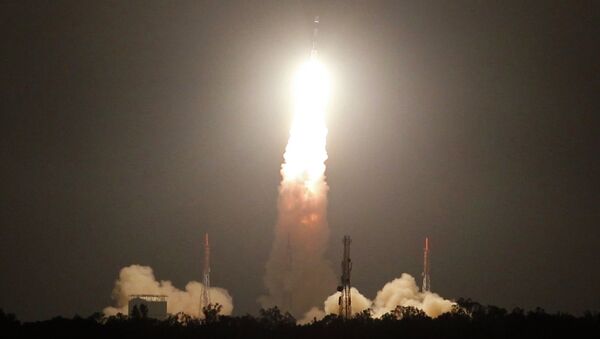The countdown begins for the Indian Space Research Organization’s (ISRO) advanced INSAT-3DR weather satellite into a Geostationary Transfer Orbit. ISRO will launch the satellite using its tenth Geostationary Satellite Launch Vehicles on Sept 08, 2016 at 16:10 hrs (Indian Standard Time) from Sriharikota.
The 29hr countdown operation of GSLV-F05/INSAT-3DR Mission has started at 11:10hr ISTon Wednesday, September7,2016
— ISRO (@isro) September 7, 2016
The 2211 kg INSAT-3DR will provide a variety of meteorological services to the country such as a better measure of sea surface temperature which will provide monsoon warnings to farmers. INSAT-3DR also includes a search-and-rescue transponder which will have strategic significance as it could pinpoint the location of vessels at sea.
“GSLV-F05 is the flight in which the indigenously developed Cryogenic Upper Stage (CUS) is being carried on-board for the fourth time during a GSLV flight. GSLV-F05 flight is significant since it is the first operational flight of GSLV carrying CUS,” reads an ISRO statement.
ISRO’s first attempt launching with a Cryogenic engine for the GSLV was unsuccessful in April 2001. Since then, the ISRO has tested 8 flights using the Cryogenic engine; out of which 5 flew with a Russian engine. The first successful test-flight using the indigenous engine happened in January 2014.

